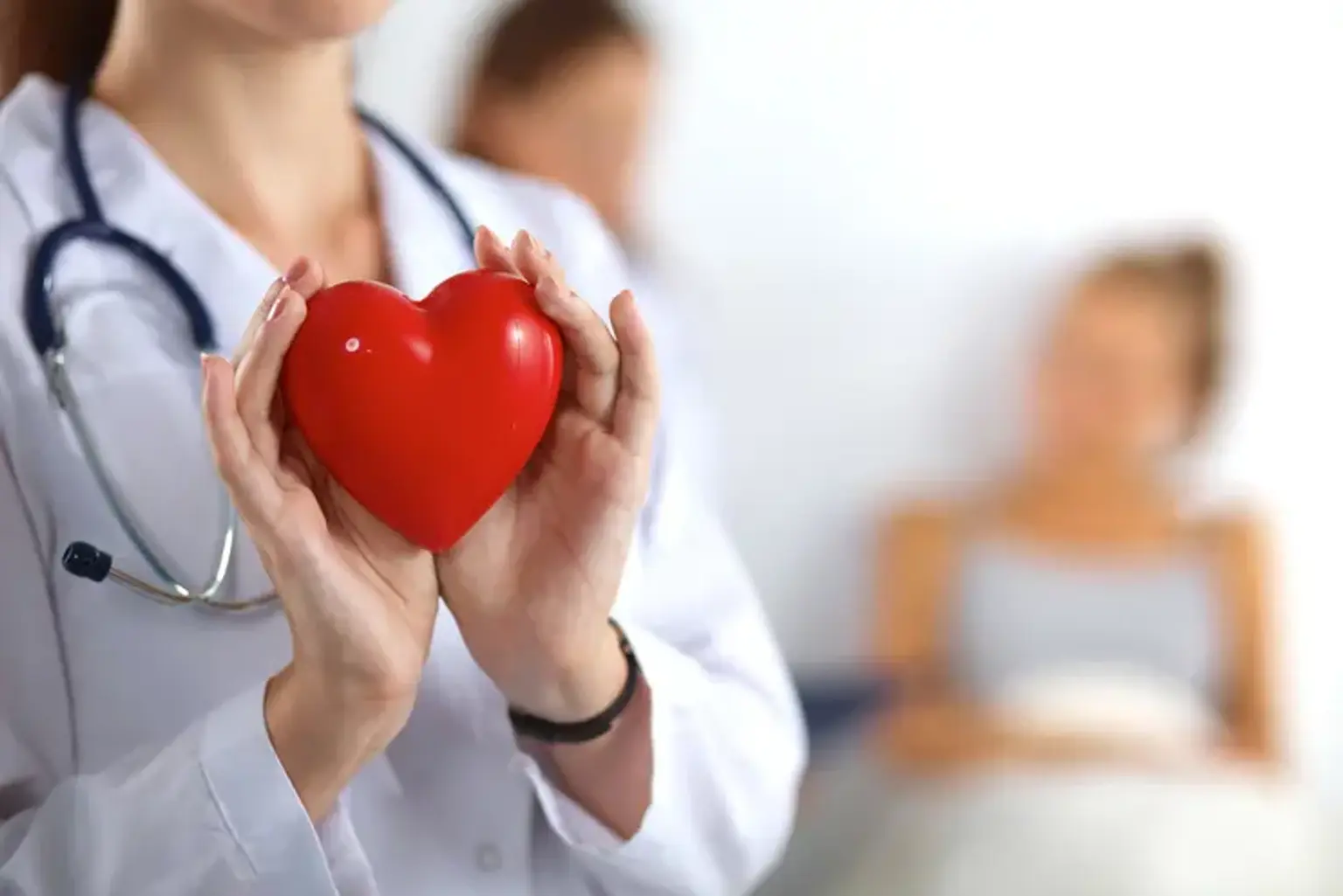Introduction
Heart disease is a leading cause of death worldwide, impacting millions of lives annually. While it is a significant global health issue, Korea has emerged as a leader in preventive measures, diagnostic advancements, and innovative treatments for heart disease. Understanding how to manage this condition is vital to improving quality of life and preventing complications.
In this guide, we’ll explore the causes, risk factors, prevention strategies, and modern treatment options available in Korea. With a focus on holistic heart disease management, this article aims to empower readers with the knowledge needed to take control of their cardiovascular health.
Understanding Heart Disease
What is Heart Disease?
Heart disease, also known as cardiovascular disease (CVD), refers to a range of conditions affecting the heart and blood vessels. The most common type is coronary artery disease (CAD), which results from plaque buildup in the arteries, restricting blood flow. Other forms include heart failure, arrhythmias, and congenital heart defects. These conditions can lead to severe complications such as heart attacks or strokes if left untreated.
The Importance of Cardiovascular Health
Maintaining cardiovascular health is critical, as the heart is the body’s powerhouse, pumping blood rich in oxygen and nutrients to sustain life. Poor heart health impacts energy levels, cognitive function, and overall longevity. Recognizing and addressing early signs of heart disease is essential to preventing irreversible damage.
